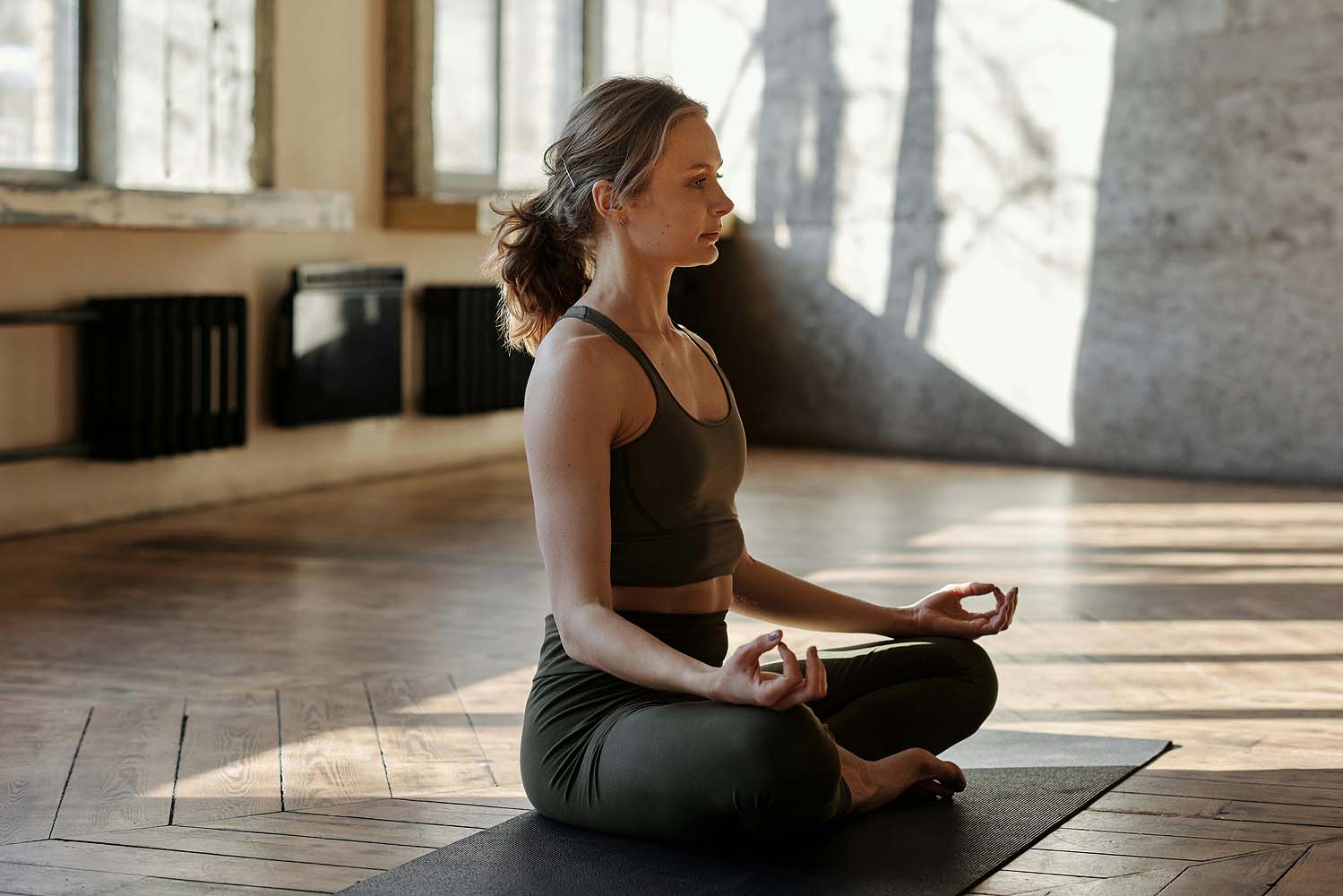Neck pain is a common complaint for many people—especially those who spend long hours at…

Is Bad Posture Causing Your Back Pain?
Understanding the Link Between Bad Posture and Back Pain
Back pain is now one of the most common reasons Australians visit a health professional — and one of the leading causes is bad posture.
As a Newcastle chiropractor with years of experience treating spinal-related issues, I can confidently say that how you hold your body throughout the day has a direct and long-term impact on your spine. The modern lifestyle, filled with hours of sitting and minimal movement, is contributing to a silent epidemic of low back pain and neck pain.
Why Posture Matters More Than Ever
Have you ever considered how much time you spend sitting in a typical day?
Let’s break it down:
-
You get up and sit for breakfast.
-
Commute to work seated — whether in a car, bus, or train.
-
Sit at your desk for most of the workday.
-
Sit again on your commute home.
-
Finally, you relax with dinner and TV — again, seated.
That’s up to 10–12 hours per day in a seated, often slouched, position. And it’s not just about sitting — it’s how you sit that really counts.

What Happens When You Have Bad Posture?
When you sit with poor posture — slumped shoulders, forward head position, rounded lower back — you change the natural alignment of your spine. Over time, this can lead to:
-
Uneven pressure on spinal discs
-
Strained muscles and ligaments
-
Compressed nerves
-
Chronic lower back and neck pain
-
Headaches and fatigue
Your body is designed to move. When you remain in a flexed, static position for hours, the cumulative stress adds up, eventually causing pain, stiffness, and reduced function.
Tips to Improve Your Posture at Work and Home
✅ Take Microbreaks
Stand up every 20–30 minutes. Walk around, stretch, or simply change positions.
✅ Invest in a Lumbar Support
Use a chair with good back support or add a small cushion to support the natural curve of your lower back.
✅ Try a Sit-Stand Desk
Alternating between sitting and standing encourages spinal movement and reduces fatigue.
✅ Walk at Lunch
A brisk 10-minute walk not only breaks up sitting time but helps reset your posture and clears your mind.
✅ Use the Stairs
Small changes add up. Taking stairs instead of the lift keeps your spine and joints moving.
✅ Schedule Outdoor Meetings
Not every meeting has to be in a boardroom. Walking meetings are great for both posture and productivity.
✅ Use an App Reminder
There are free apps that remind you to move — perfect for those who get caught up in their tasks and forget.
While avoiding all sitting isn’t realistic, making simple changes to how and how often you sit can help restore better posture and reduce back pain. For trusted advice on creating ergonomic workspaces and preventing posture-related pain, check out resources from Safe Work Australia – Sitting and Standing page. This resource offers practical advice on creating ergonomic workspaces and promoting healthier work habits.

When to Seek Help from a Chiropractor
If you’ve been experiencing ongoing back pain, stiffness, or discomfort, and suspect bad posture might be part of the problem, don’t ignore it.
At Family Life Chiropractic in Newcastle, we specialize in identifying posture-related spinal stress. Our approach includes:
-
Posture and movement screening
-
Gentle, corrective chiropractic adjustments
-
Ergonomic advice tailored to your lifestyle
-
Rehab exercises to support better posture long-term
We also offer complimentary in-house workplace wellness talks for Newcastle businesses — ideal for teams looking to reduce workplace back pain and improve overall health.

Final Thoughts: Small Changes = Big Results
Your posture has a powerful effect on your spinal health — and your pain levels. Improving your habits, even slightly, can make a significant difference.
If you’re ready to take control of your posture and relieve back pain, we’re here to help.
Ready to have your bad posture assessed and receive expert advice on correction? Book an appointment online to discuss your posture with our experienced team.
Alternatively, learn more about your posture type and how it may be affecting your spine health.



